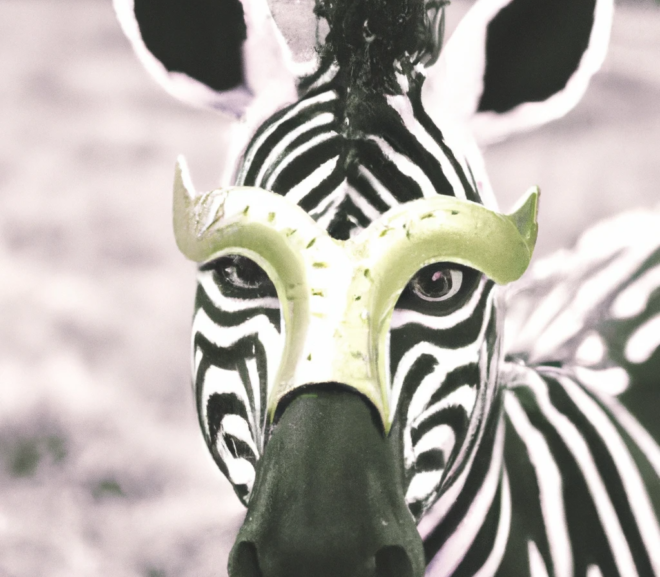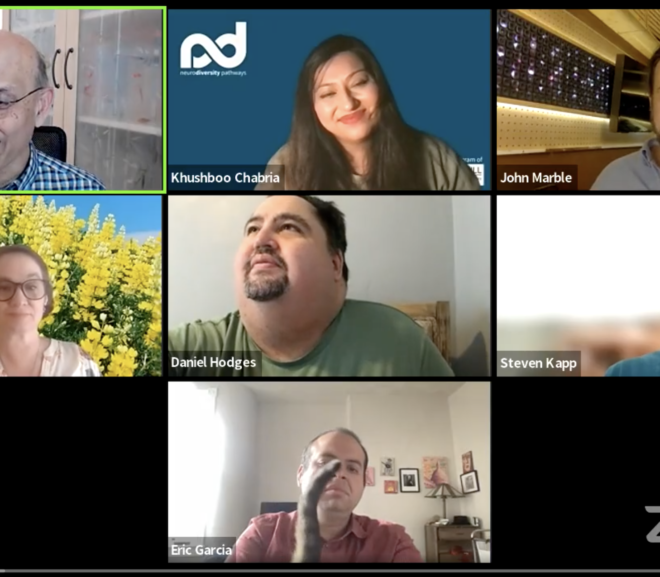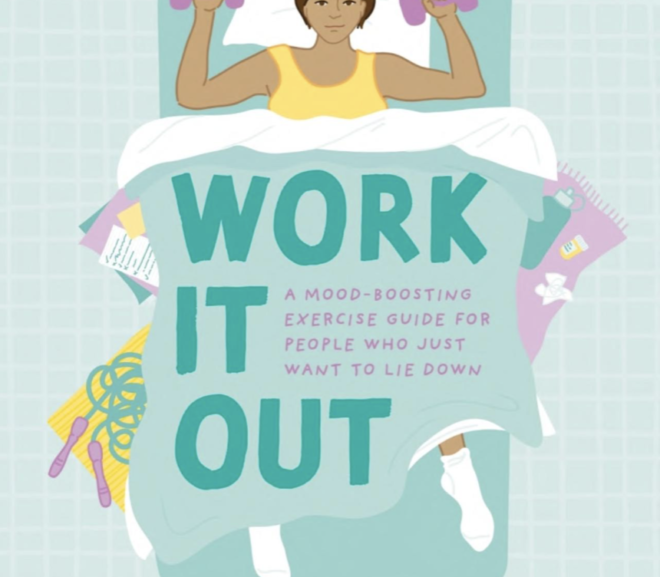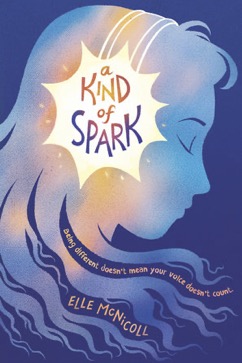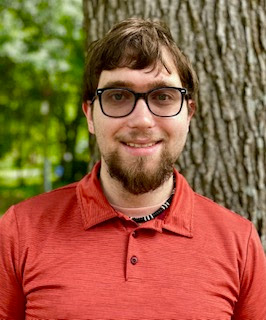Ashley Storrie, co-creator and star of Hulu’s series Dinosaur, talks with TPGA about incorporating her own autistic experiences into the show, and why storytelling is so crucial for wider understanding of underrepresented groups.
Category: Neurodiversity
Autistic and neurodivergent people experience many “sensory icks” regularly. Autistic writer Shamiha Patel shares her personal checklist of sensory triggers.
No, ABA therapy cannot affirm neurodiversity, not without becoming something that is not ABA therapy.
The book Neurodiversity for Dummies is happening because there really is a dearth of accessible information and resources. This listening session is a conversation about what neurodiversity is, and what neurodivergent people need to thrive.
Sarah Kurchak’s Work it Out is a neurodivergent accessible guide to starting regular physical exercise. This is a handbook on how to get started for those who have had difficult due to any number of reasons (like stigma, physical and mental health, being neurodivergent in a world where instructions are not designed for your neurotype).
I had poured so much of myself into my protagonist. When my agent called my character childish, naive, and vulnerable, I couldn’t help but feel she was calling me childish, naive, and vulnerable.
Over-valuing certain abilities means looking down on people who don’t share them. Aspie supremacy is the ideology that follows from taking this to an extreme: ‘aspies’ have extraordinary powers which not only make their existence worthwhile, but make them better than other people.
Reading A Kind of Spark, I felt a part of myself represented and explained on the page that I’d never seen anywhere else before. I feel so much for Addie, the 12-year-old autistic main character: How she puts herself in the historical stories of witches, and how the injustice of their history upsets her, while others seem detached.
Ira Eidle is the curator of the of Autistic Archive, an online resource that responds to “a need for better preservation of information related to the Autistic Community and Neurodiversity Movement’s history.”
Those who would deny people access to their most effective method of communication because of concerns about the potential for false accusations should, as Rua Williams recently wrote, “ask [themselves] why a false accusation is more harmful than the ability to accuse.”


